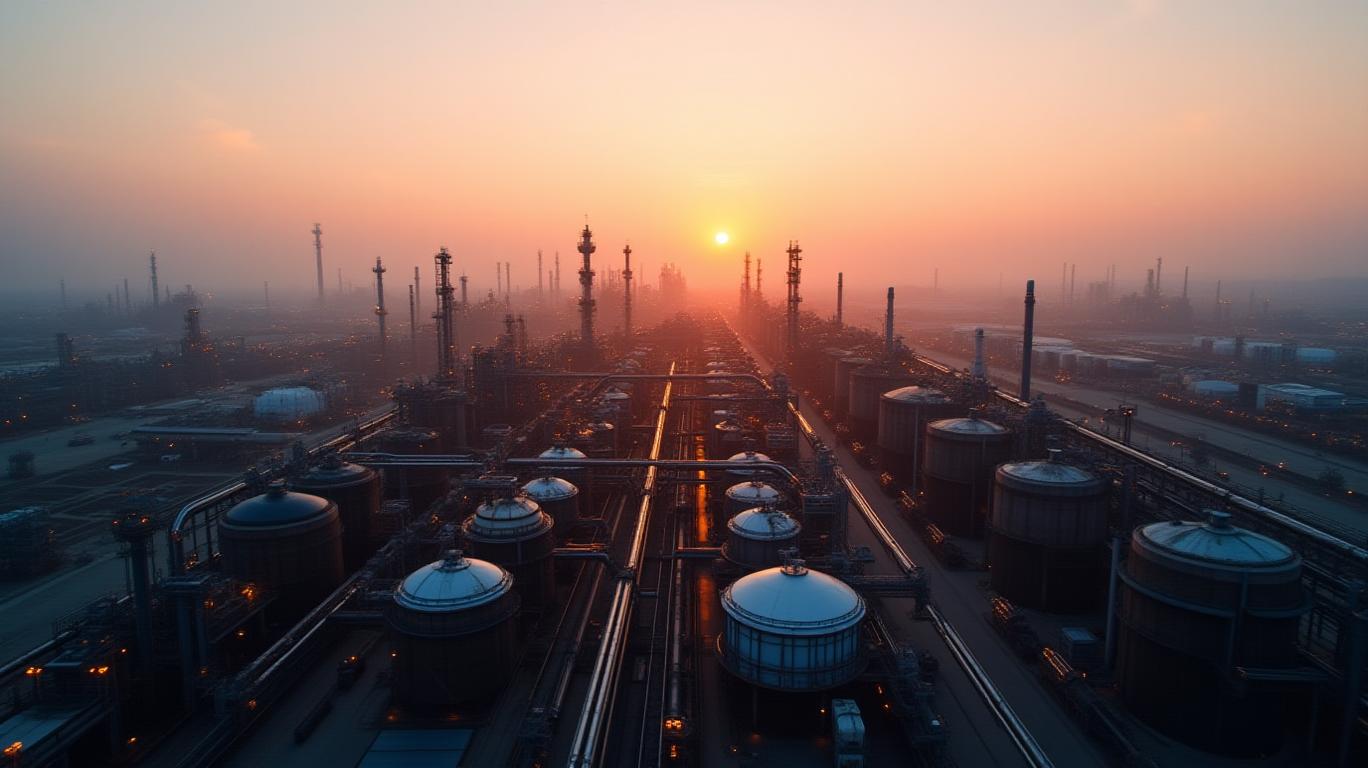HF Sinclair's Dividend: A Risky Gamble Amid Operational Struggles
HF Sinclair Corporation (NYSE:DINO) has long been a dividend stalwart, rewarding investors with consistent payouts even as its core refining and renewable energy segments face mounting headwinds. But with Q1 2025 results revealing a net loss, unsustainable payout ratios, and operational challenges, the decision to buy DINO for its next dividend could prove perilous. Here’s why investors should proceed with caution.

The Dividend Dilemma
HF Sinclair has maintained its $0.50-per-share quarterly dividend despite reporting a net loss of $4 million in Q1 2025—a stark contrast to the $315 million profit it posted in the same period last year. While the dividend may look tempting with a 7.28% yield, the math is troubling. Using the adjusted net loss of $50 million, the payout ratio soars to 190%, meaning dividends now exceed earnings by nearly double. This is unsustainable without a swift turnaround in profitability.
Earnings Under Siege
The company’s refining segment, once a profit driver, now faces multiple pressures:
- Lower Volumes and Margins: Refining EBITDA plunged to -$8 million in Q1 2025 from $99 million a year earlier, as lower sales volumes in the West and MidCon regions and refinery turnaround costs ($105 million) strained margins.
- Renewables Struggle: The renewable diesel division posted an $17 million EBITDA loss, hurt by regulatory uncertainty around the Producers Tax Credit (PTC) and high inventory costs. Without PTC recognition, this segment remains unprofitable.
Meanwhile, the midstream and lubricants divisions—key bright spots—generated record EBITDA of $119 million and $85 million, respectively. However, these gains are insufficient to offset losses elsewhere.
Operational and Regulatory Risks
- Refinery Turnarounds: While Q1 turnaround activities were completed on budget, they reduced short-term cash flow and output. Further turnarounds in 2025 could amplify pressures.
- Trade Tariffs: The U.S.-China trade war’s 145% tariffs on Chinese goods and retaliatory measures have disrupted supply chains, raising input costs and reducing sales volumes. These tariffs alone contributed to a $650 billion drop in global trade volumes, impacting DINO’s logistics and refining margins.
- Regulatory Delays: The unresolved PTC status and evolving renewable fuel standards (like the 45Z regulation) threaten to keep renewables in the red. Executives admit the segment needs policy clarity to stabilize.
Cash Flow and Debt Concerns
- Cash Balance: The company’s cash reserves dipped to $547 million as of March 2025 from $800 million at year-end 2024, with $86 million spent on capital expenditures in Q1 alone.
- Debt Management: While total debt remains manageable at $2.7 billion, the $105 million allocated to refineries and the need to fund growth projects ($100 million in 2025) could strain liquidity further.
The Bottom Line
HF Sinclair’s dividend is a house built on shaky ground. With a payout ratio exceeding earnings, deteriorating refining margins, and regulatory hurdles stifling renewables, the $0.50 dividend is a precarious bet. Even if the company avoids a cut this year, sustained losses could force a reduction in 2025 or 2026.
Investors should also note DINO’s stock performance: after peaking in late 2023, shares have plunged 54% through Q1 2025, reflecting market skepticism about its financial health.
Conclusion
HF Sinclair’s dividend may look appealing at first glance, but the underlying risks are substantial. A 190% payout ratio, weak refining and renewables performance, and regulatory uncertainty paint a grim picture. Unless refining margins rebound sharply—and PTC clarity arrives—this dividend could soon be in jeopardy. For income investors, DINO’s yield is a mirage: the risks far outweigh the rewards.
Key Data Points to Consider:
- Q1 2025 Net Loss: -$4 million vs. $315 million in 2024.
- Adjusted Payout Ratio: 190% (dividends vs. adjusted net loss).
- Debt: $2.7 billion, with $547 million in cash.
- Stock Performance: -54% YTD 2025.
In short, DINO’s dividend is a gamble—one that prudent investors should avoid until operational and financial stability is restored.

Comments
No comments yet